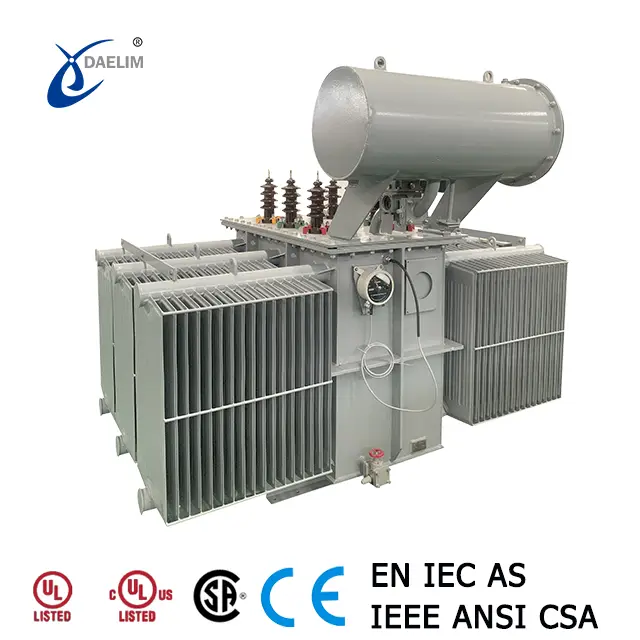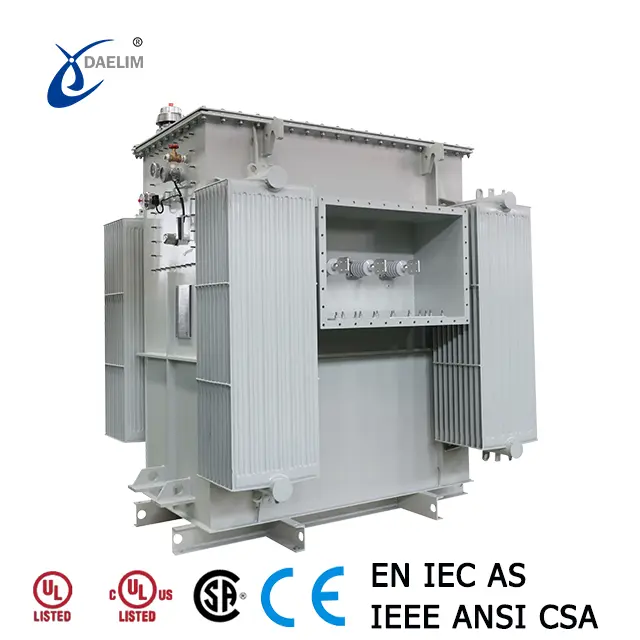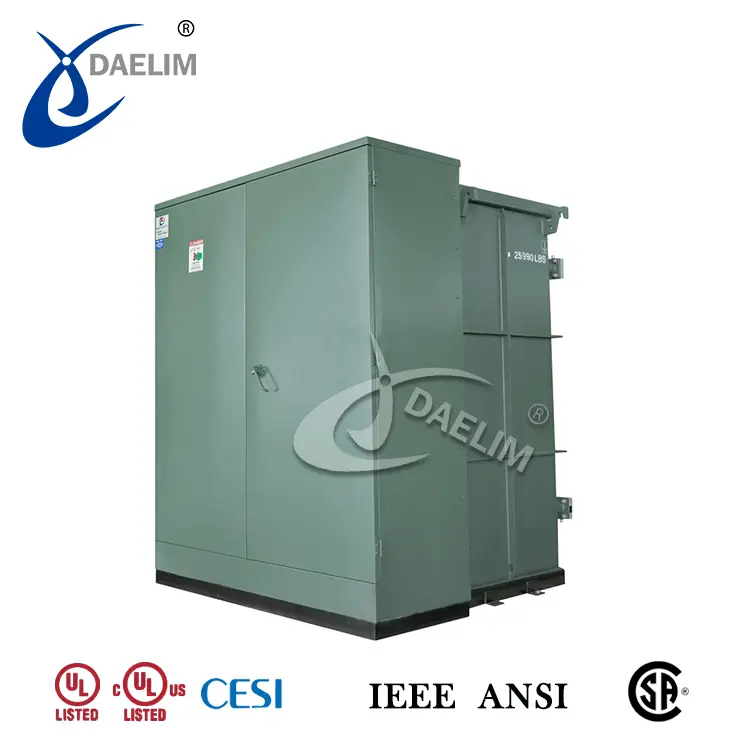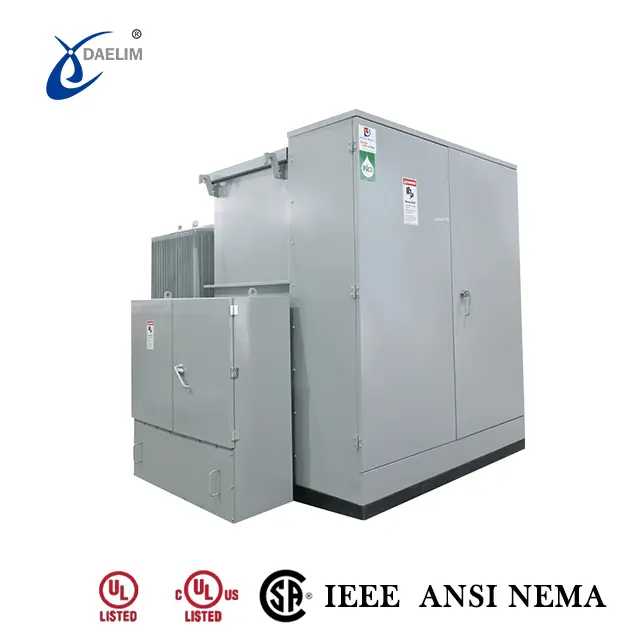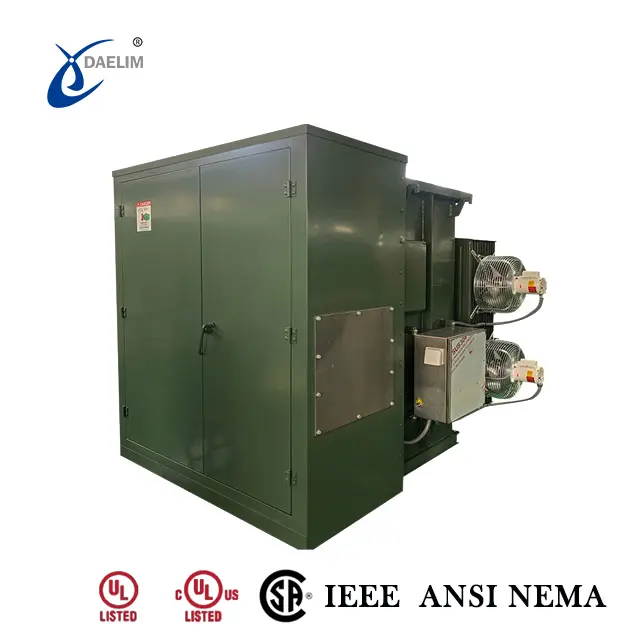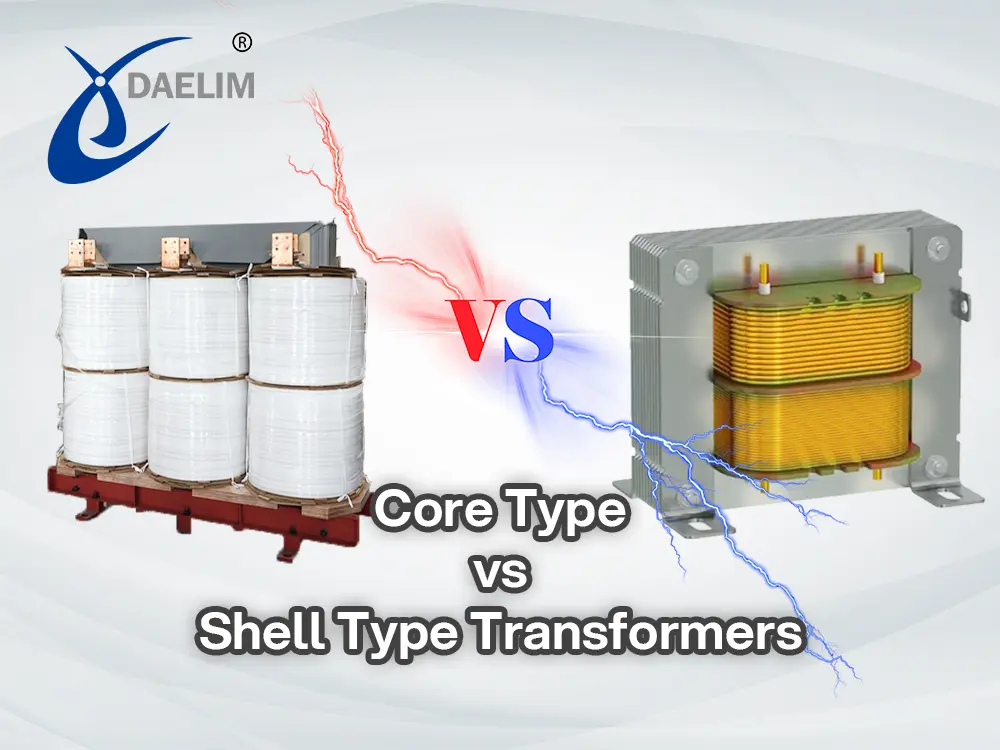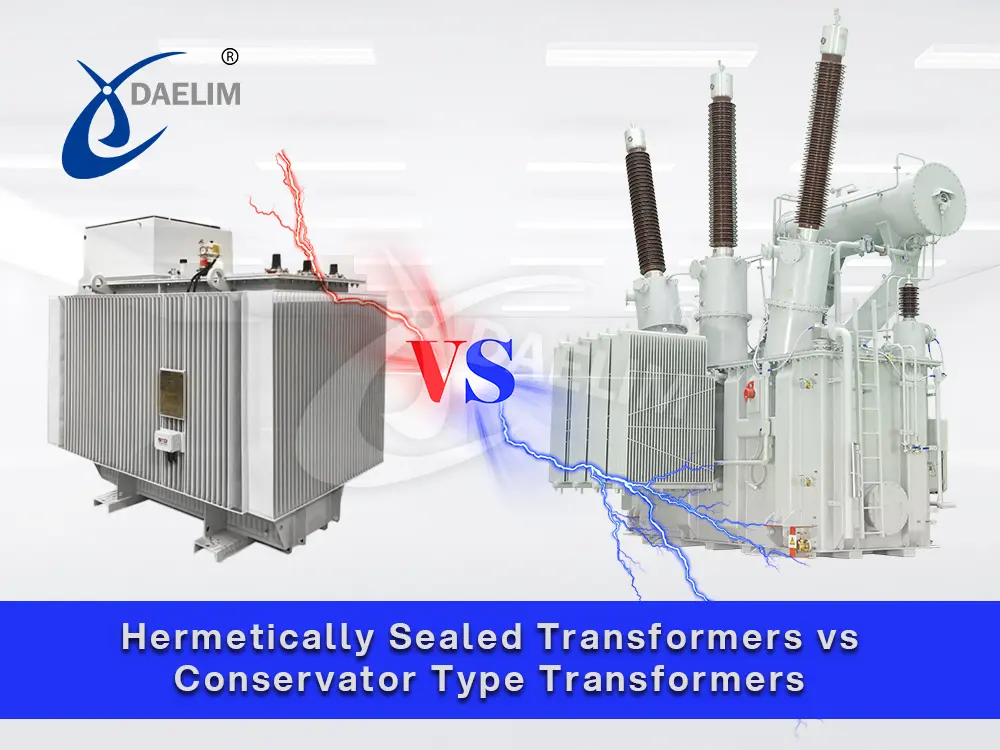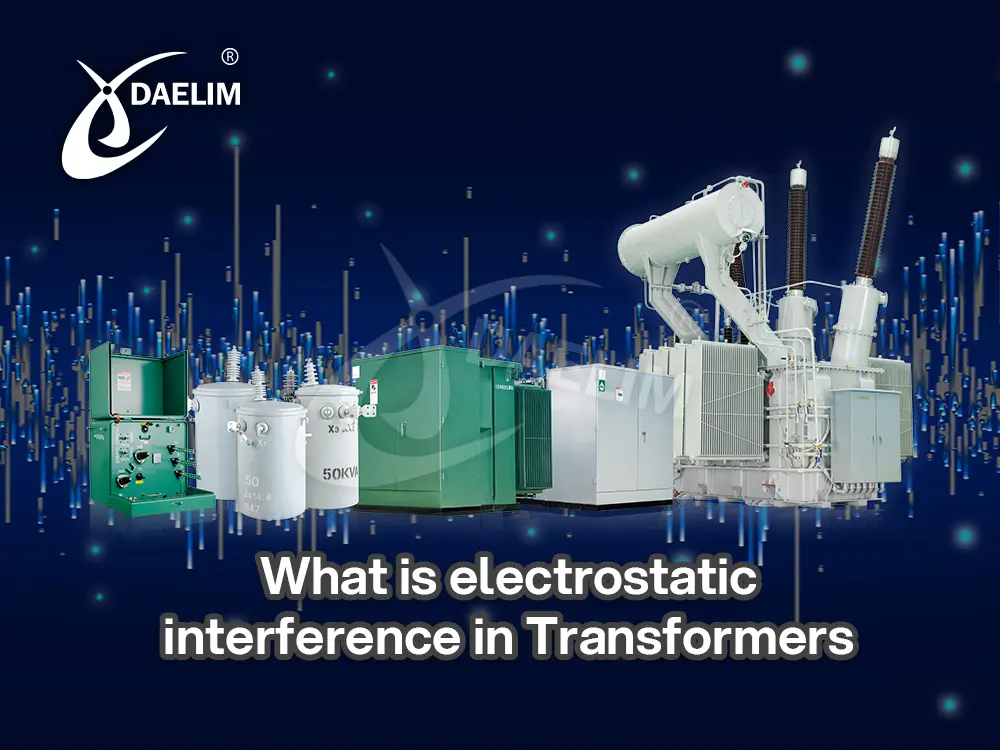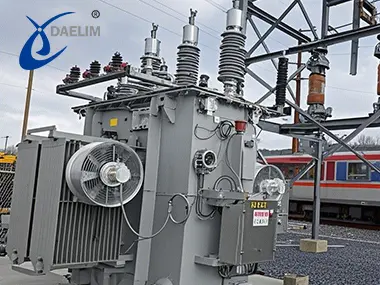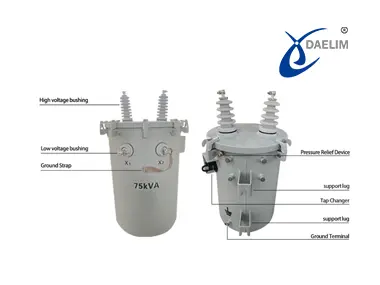How To Calculate Transformer Load Capacity?
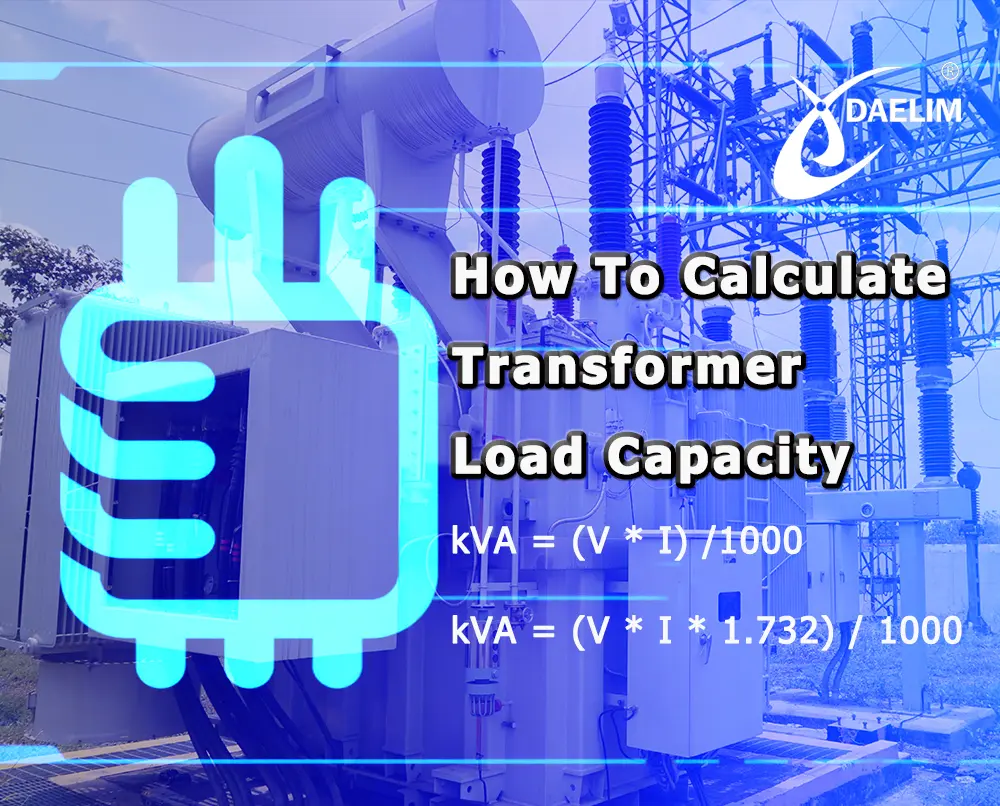
The electricity available in your home is only possible due to an Electrical Transformer star on your nearby pole. These electric Transformers work day and night continuously throughout their useful life to provide us with a safe level of electrical load that can be utilised in our home appliances.
With our lives so much dependent on these electrical Transformers, have you ever wondered how much load capacity does a transformer have or how you can calculate Transformer load capacity. This article is about exactly the same question, how to calculate Transformer load capacity.
We will start with the very basic definition of Transformer load capacity, the key parameters and factors that influence the Transformer load capacity and then we will have a step by step method on how to calculate Transformer load capacity.
Contact Daelim TransformerWhat is transformer load capacity?
In the most simplest manner, transformer load capacity is the maximum electrical load a transformer can handle without exceeding its design Limited or without failure. The Transformer load capacity is usually measured in kilo volt ampere KVA.
From its measuring unit we can conclude that it is the combination of electrical voltage and current that an Electrical Transformer can safely provide to all the homes connected to it. We can also conclude from the unit KVA that it is the electrical power that Transformer can handle safely.
Importance of Accurate Load Calculations
Having accurate knowledge of the capacity of a transformer is very important for the safety of the transformer, its surroundings and all the electrical appliances attached to the transformer. The following are three very basic reasons that show you why it is important to know the capacity of a transformer.
Prevention of overloading
Having complete knowledge of the capacity of transformer helps you understand the amount of electricity that you can draw from that transformer safely. This increases the life of the transformer and simply protects the electrical devices.
Achieving high efficiency
Understanding the capacity of transformer helps you get better efficiency from your transformer. Electrical transformers are very accurately designed electrical devices, and they work in a very calculated manner. So knowing the transformer load capacity helps you get higher efficiency from your transformer.
Safety assurance
Electrical transformers are pretty powerful devices and an explosion of a transformer can potentially damage the entire installation site and the electrical device connected to it. Drawing the current that falls within the capacity of Transformer helps you insure the safety of the transformer, its surroundings and all the electrical devices that are connected to it.
Step-by-Step Guide to Calculate Transformer Load Capacity
The question of how to size a transformer can easily be answered in 4 simple steps.
Step 1: Gather the Transformer’s Specifications
The first step is to get the all specification of your transformer you need to know the electrical load in kilo volt ampere. Means you need to know what is the required voltage and what is the required current the system needs to draw from the Transformer.
You also need to know the efficiency of your transformer. The efficiency of Transformer here means the percentage of input voltage that it can easily convert and maintain in its output.
Step 2: Determine the Total Connected Load
Second you need to use the information you collected in step one and perform some simple calculations to know the electrical load which your Transformer needs to provide. The calculation of the connected load is slightly different for single phase and three phase Transformers.
For a single phase Electrical Transformer you can use the following equation to calculate the total connected load.
Connected load in kVA = (V * I) /1000
You can use the following equation to calculate the connected load for a three phase Electrical Transformer.
Connected load kVA = (V * I * 1.732) / 1000
In above equation V represents the voltage in volts and I represents the current in ampere that you need to draw from your Electrical Transformer. The reason why we divide the product of voltage and current with 1000 in a single phase transformer is to get the results in kilo volt ampere. It is simply done to convert the unit.
Similarly in 3 phase transformer calculation formulas, we multiply the product of voltage and current with 1.73 which represents the square root of 3. Square root of 3 represents the three phase electrical connections for which the transformer is being used. The reason for dividing the entire product with one thousand is the same as it is for single phase connection.
You may enjoy: How Do You Choose a Transformer Size You Need?
Step 3: Determine Future Expansion
Electrical transformers are very expensive electrical devices. so it is always recommended to have an Electrical Transformer with higher load capacity then you actually need currently. This will help you in your future expansions where electrical load will increase with increase of demand.
Now how much your residential load or industrial load expands, depends on you. It can be 5%, 10% or 20%. So whatever you have calculated in the start needs to add 5 and 20% more in that load for future expansion.
Step 4: Considering the Power Factor
In simple words, the power factor is the representation of the efficiency of our electrical distribution and consumption system. It is simply the ratio of the real power that is consumed by the electrical device divided by the power provided by the Transformer called apparent power.
It depends upon the manufacturer from which you will buy the Transformer or the region in which you are living.
Some manufacturers claim that the Transformer provides the power factor of 95% and in some regions, any electrical devices that provide the power factor below 95% is considered inefficient. However in most cases the most electrical Transformers provide the power factor of just 80% over 0.8.
So what you need to do is to divide the load that you have calculated in step 3 and divide that with the value of 0.8 or 0.95. Now this will give you the load that your transformer needs to provide to you to run the electrical devices in your home or your industry. Means this is the Transformer load capacity you need to run your residential or industrial load.
Factors Affecting Transformer Load Capacity
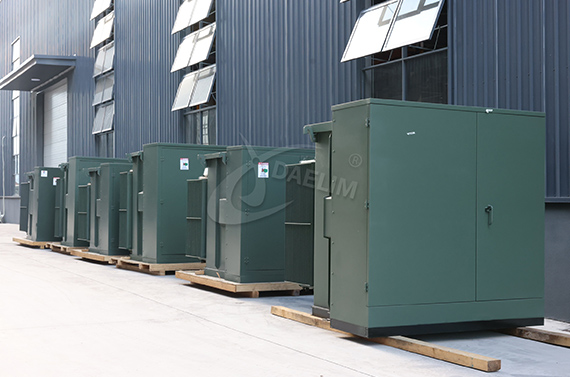 Transformer load capacity is usually a fixed number which is also printed on its name plate but there are three factors which can affect this load capacity. Following are the three factors discussed in detail.
Transformer load capacity is usually a fixed number which is also printed on its name plate but there are three factors which can affect this load capacity. Following are the three factors discussed in detail.
Transformer efficiency and build quality
Not all transformers are built the same. So the Transformer load capacity depends a lot on Transformer efficiency and on its build quality. In most cases Transformer load capacity is usually 1.15 Times the actual load for which Transformer will be used. However this is not the case for every transformer. Transformer with lower efficiency or low build quality needs to maintain much higher load capacity to avoid failure.
Ambient temperature
As you know, transformers produce a lot of heat during their working and they are also most of the time installed in an open atmosphere. So the waste heat produced by the Transformer winding is welcome, buying with the atmospheric heat can affect the Transformer performance and thus its load capacity. In extreme heat Transformer efficiency might get compromised and it may offer lower load capacity than mentioned on its name plate.
Electrical Load type
Electrical Transformers designed and developed for the residential electric load does not need to have much higher load capacity then the actual load but the transformers designed for the industrial load needs to maintain a much higher load capacity than the actual load. The reason behind this is that industrial machinery can draw much higher electrical load due to any failure in the system.
Get it free: Losses in Transformer
Tools and Software for Load Calculations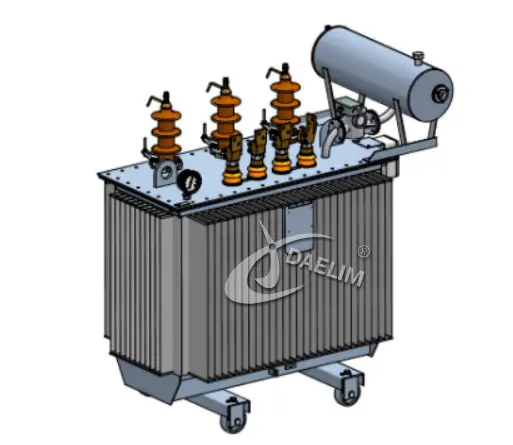
Above is a very simple and straightforward step that you can use to calculate the Transformer load capacity. These calculations will work for you if you need to have some basic information about the Transformer load capacity before you make a purchase.
However if you are an engineer working in a utility company and want to do a proper calculation about the Transformer load capacity then you need to do a comprehensive work that needs some special tools and software for calculation.
Some special tools and software that you can use to do Transformer load capacity calculation.
ETAP (Electrical Transient Analyzer Program)
An electrical transient analysis program is a special that you can use to model electrical networks, do load flow analysis and to perform a short circuit analysis. tem will help you up to the power system design and show that the Transformer needs all the safety standards.
SKM Power Tools
SKM power tools are widely used in the electrical industry to design the industrial power systems. The tool allows the engineers to simulate fault conditions and perform our classes studies and optimise the power distribution in the systems.
Ansys Electrical
Ansys is a powerful general purpose analysis and simulation tool that has several modules to simulate problems of different engineering fields. Ansys electrical is one of its modules which can help you simulate any electrical power generation, distribution, and consumption. It can help you simulate how a transformer receives control and supplies electricity.
AutoCAD Electrical
very similar to the ansys, AutoCAD electrical is a general purpose tool that can help you in designing Electricals ki Matrix and layouts. AutoCAD electrical can help you in your visualizing Transformer placements and connections in the industrial facilities.
Advantages of Using Software for Transformer load Capacity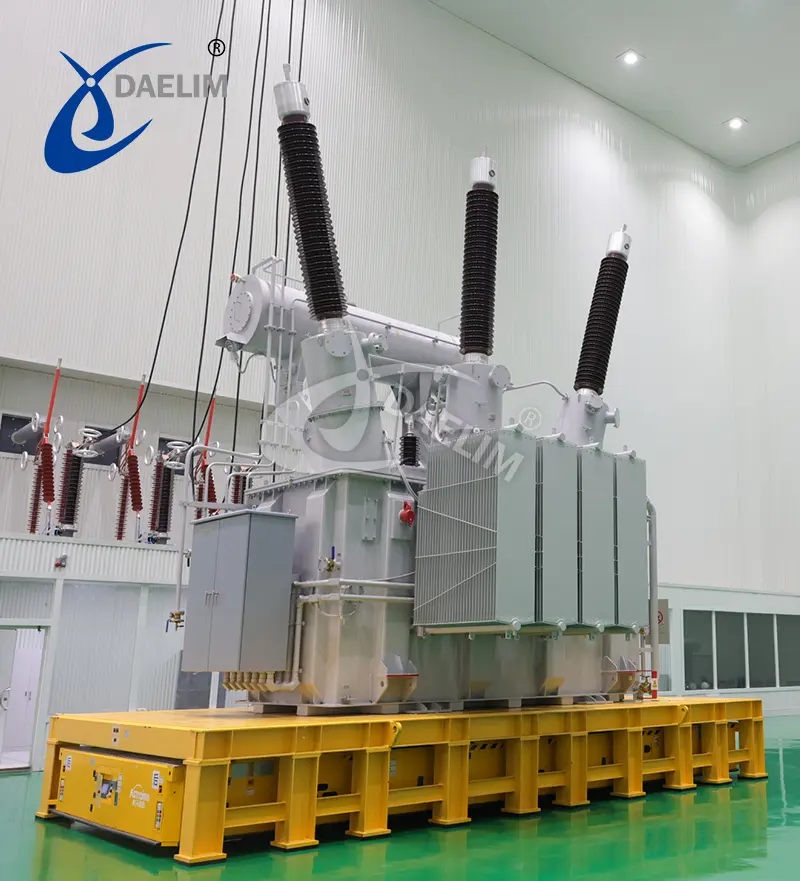
There are some certain advantages of using software for transformer load capacity calculations. these advantages includes
- The use of software for performing calculation for transformer load capacity produces the manual labour as well as reduces the error that might happen in manual calculation
- Software helps perform complex transformer load capacity calculations That are not possible to calculate using manual methods. softwares can help you calculate Complex load distribution with accuracy and can handle multiple Transformer calculations in a single go
- Using softwares also enables you to perform simulations based on your calculations. These simulations can simulate future load growth and the power demands going shows scale ability
- The softwares can also help you to optimize your Transformers design and selection you made during the design process, reducing the energy losses and operation cost as well.
Tips for Ensuring Optimal Transformer Performance
You already have a transformer installed for your residential load or industrial load then we have sunset and tips for you to ensure you get optimal performance from your transformer.
- First tip is you should always avoid overloading work from formal even if it is within its Transformer load capacity. Always load your transformer with an electrical load that falls within its safe load limits. This will surely protect your Transformer, its surrounding and all the electrical devices connected with your Transformer from sudden electricity surge due to transformer explosion.
- Always perform regular or scheduled inspection of your transformer. keep a close eye on its oil level, cooling system, bushing, and all types of electrical connections. Always keep the oil quality and quantity 100%, and make sure the Transformer cooling system is working perfectly. It is best for your transformer that there are no loose connections coming into or going out from your transformer.
- Always use quality electrical and electronic devices that draw electricity from your transformer. Low quality devices can draw more current than mentioned on the nameplate or can cause a sudden increase in current draw on starting. This can put stress on your transformer winding and electricity distribution network which can seriously decrease your transform useful life.
Conclusion
Electrical transformers are pretty expensive electrical devices and you should perform transformer load capacity calculation before deciding to buy or install your Electrical Transformer. You should be fully aware about your requirements of voltage and current and the maximum electrical power you need to run your residential over industrial load. You should be fully aware about near future growth that can result in an increase in demand for electricity and increasing your electricity load. We always require you to keep your residential over industrial load within the safe load limit of the transformer and always perform schedule inspection in maintenance of your transformer to gain maximum out of your Transformer useful life.
Follow Up
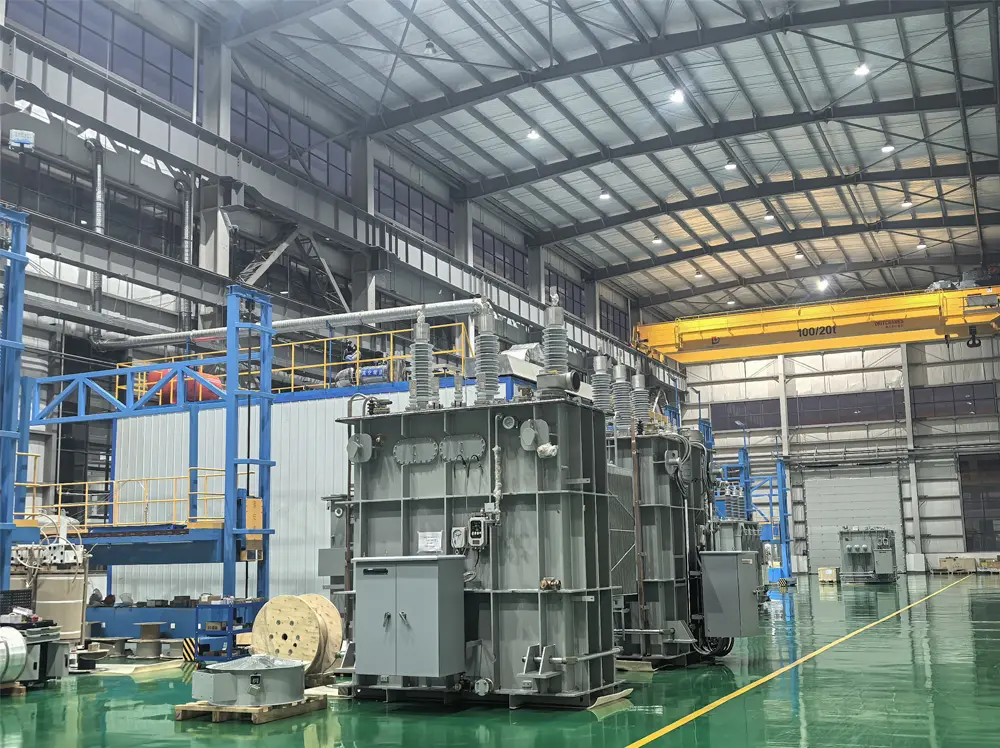
It is very important that you perform the Transformer load capacity calculation before you install your first Electrical Transformer. If you cannot perform these calculations on your own then we at Daelim Transformer will be more than happy to help you in your task. We offer electrical Transformers of all types, sizes, and load capacity. We are already helping our clients in the USA, Europe, Canada, Australia, and all other major and big countries around the globe.
Check out Daelim Transformer Projects
If you have any question about Transformer load capacity and about transformer buying. you can Contact Us and we will talk you through the process.
Related Products
Related Article
Core Type vs Shell Type Transformers
Core-type and shell-type transformers differ in structure, magnetic path, conductor material, and cooling efficiency. Core-type transformers offer better insulation, easier maintenance, and cost-effectiveness for high-power applications. Shell-type transformers, with a shorter magnetic path and compact design, provide higher efficiency and superior heat management. While core-type transformers excel in industrial use, shell-type transformers are ideal for space-saving and energy-efficient solutions. Choosing the right transformer depends on application needs, cost considerations, and performance efficiency.
Hermetically Sealed Transformers vs Conservator Type Transformers
Hermetically sealed and conservator-type transformers differ in design, maintenance, and performance. Hermetically sealed transformers are fully enclosed, preventing air exposure and requiring minimal maintenance, making them ideal for harsh environments. Conservator-type transformers use an expansion tank for oil regulation, improving cooling and extending operational life. Each type has distinct advantages depending on application needs, space, and budget. Choosing the right transformer ensures efficiency, reliability, and long-term performance for power systems.
Choosing the Right Transformer Enclosure for Your Project
Selecting the right transformer enclosure ensures safety, durability, and optimal performance. This guide explores different NEMA-rated enclosures, their materials, and protective features against environmental hazards like dust, moisture, and corrosion. Whether for indoor or outdoor applications, choosing the proper enclosure safeguards transformers, extends their lifespan, and reduces maintenance costs. Understand key factors like protection levels, material selection, and environmental conditions to make an informed decision. Contact Daelim Transformer for expert guidance in finding the best enclosure for your needs.
What is electrostatic interference in Transformers
Transformer electrostatic shielding minimizes electrical noise and interference by blocking capacitive coupling between windings. It enhances transformer performance, ensures signal clarity, and protects sensitive electronics. Common shielding materials include copper, aluminum, and conductive coatings, chosen based on performance and cost. Proper placement, grounding, and material selection are crucial for effective shielding. This technique is widely used in medical, aerospace, and defense applications to ensure stable electrical performance and prevent disruptions.
All You Need To Know About Traction transformer
Traction transformers are essential for powering electric trains, trams, and buses by stepping down high voltage to safe levels. Designed for harsh conditions, they offer energy efficiency, reliability, and compactness. Used in railways and industrial systems, they face challenges like thermal stress and space limits. Advanced materials and smart tech enhance their performance and durability.
Construction and Working of Single Phase Transformer
Single phase transformers are widely used in residential areas to step voltage up or down using one live and one neutral wire. They consist of core, windings, insulation, cooling systems, and protective tanks. Working on Faraday’s Law, they convert AC voltage efficiently. Construction varies by type, using copper/aluminum windings and either dry or oil cooling systems.

